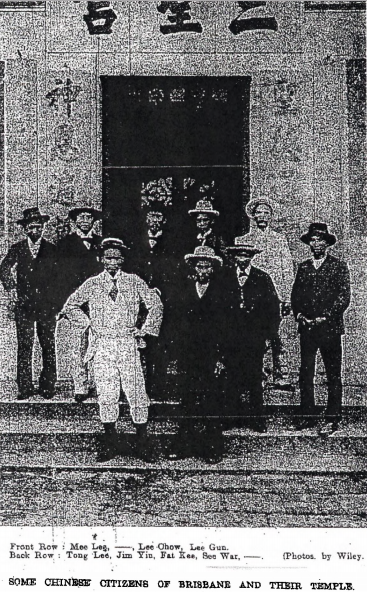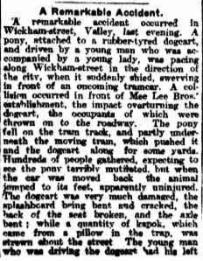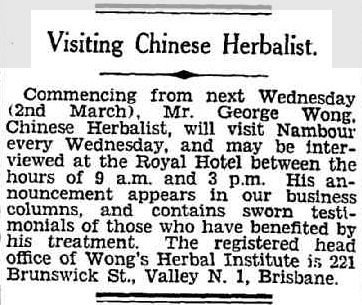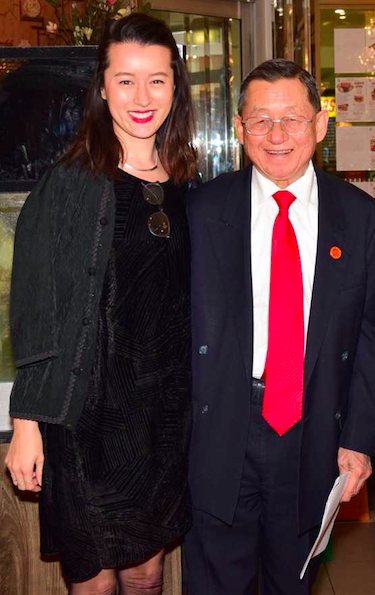What's in a name
A last name no longer holds the significance it once used to.
In Medieval Times, a last name was often used to describe a person’s occupation. It might be the obvious like Baker, meaning maker of bread, or the now less known Brickenden, who was a maker of bricks.
In today’s modern world last names hold less significance in relation to a person’s specific occupation, and sometimes last names do not follow traditional conventions. These days women do not necessarily take a man’s name when they marry. The two names can be hyphenated, and sometimes the man will take the women's name.
But this isn't a general story about last names. This is a story about my family's last name and how it technically is made up.
Australia in the nineteenth century had become one of the go to destinations for those looking for a new life. The gold rush was coming to an end, but Australia still held the allure of a fresh start. With the influx of people migrating to Australia, the governing bodies had to deal with the complexities of different languages and name structures.
Mee Fook Wong
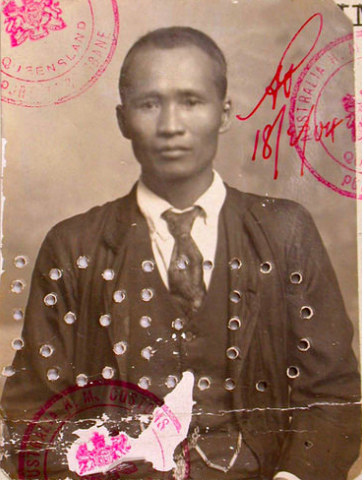
Mee Fook Wong was born in China in 1863 and became a naturalised British subject in 1885. On Monday 23 December 1901, Prime Minister Edmund Barton enacted the White Australia policy. Stated on the National Museum of Australia website, “the legislation was specifically designed to limit non-British migration to Australia and allowed for the deportation of ‘undesirable’ people who had settled in any Australian colony prior to federation.” The policy was a device that allowed the governing bodies to veto non-European persons. This legislation included the Immigration Restriction Act, which involved a dictation test. The implementation of the White Australia policy meant that Mee Fook was unable to bring his eldest daughters from China. While it must have been difficult to leave his children behind, Mee Fook worked hard to create a new life and profitable furniture business in Brisbane. He married his new wife Moon Quin in the early 1900s, and had five children with her. His eldest son Gee Mee Fook Wong or George Mee Lee was my grandfather. George went on to have five children, three Australian born, with his wife Kim. Dolly and Lai China who were born in China. Leslie, Lucy and Maurice, my father, wouldn't meet their sisters until the late 1940s.
